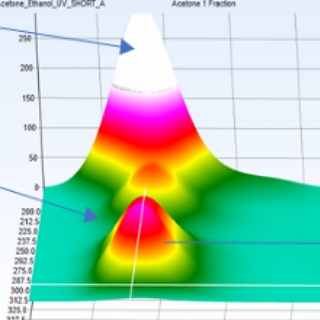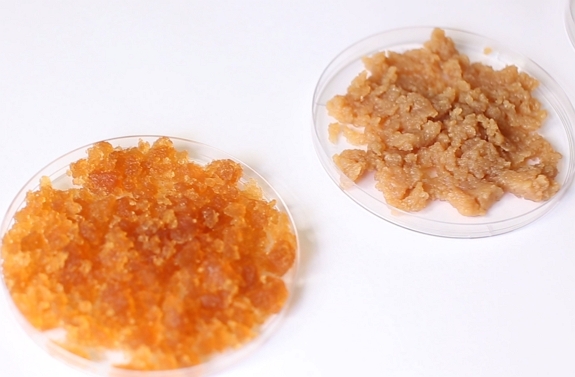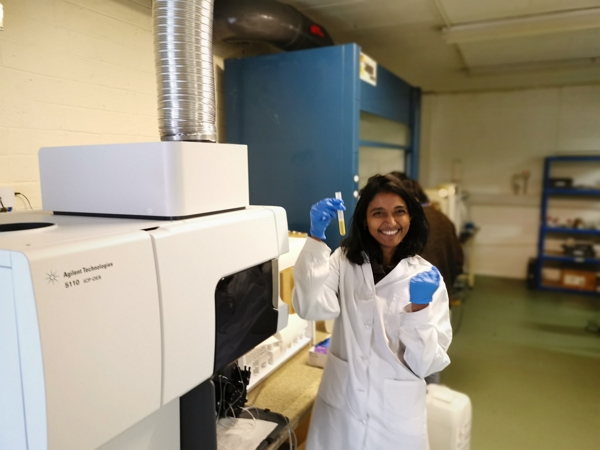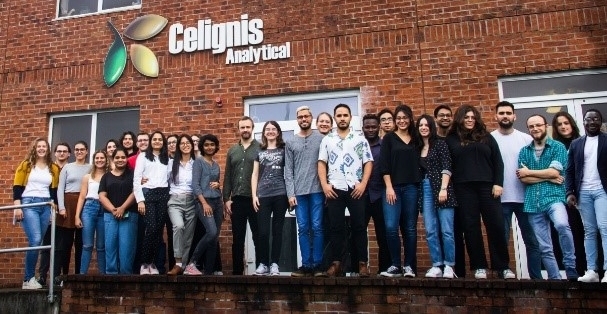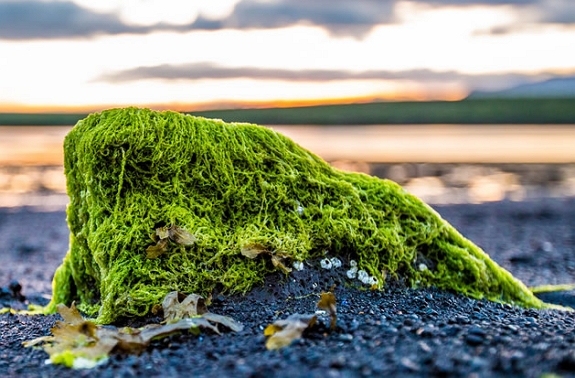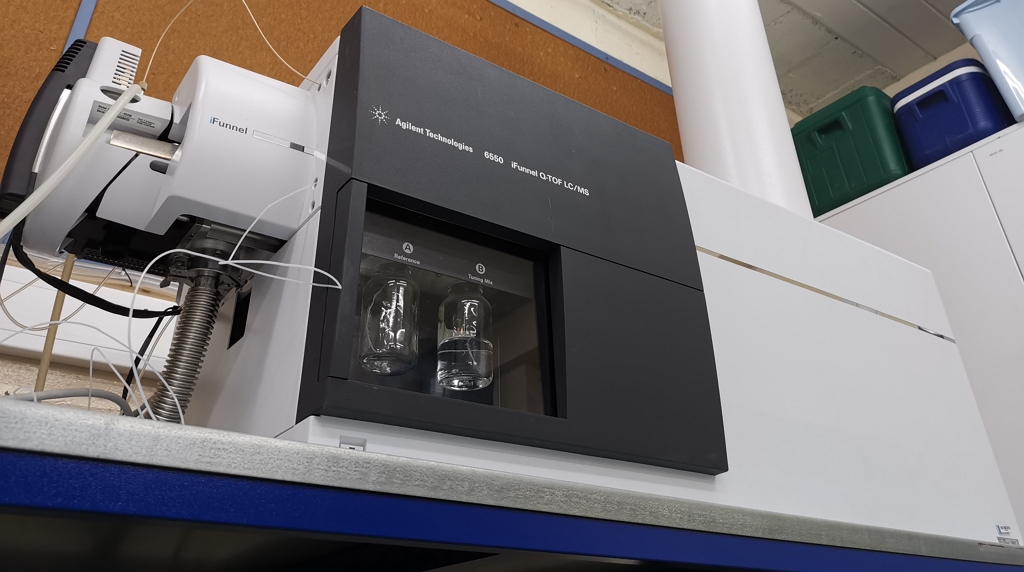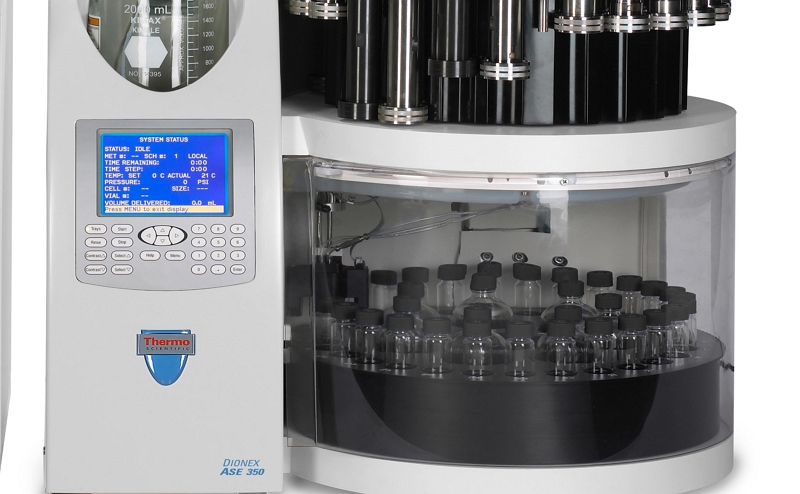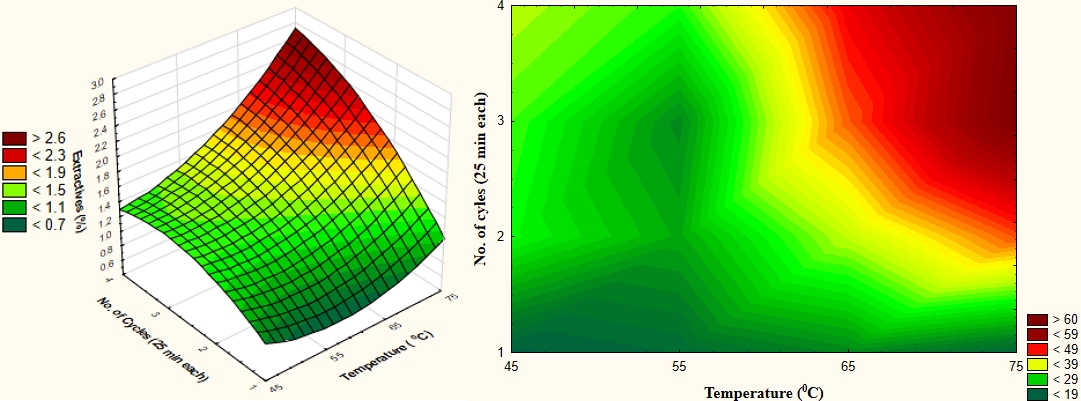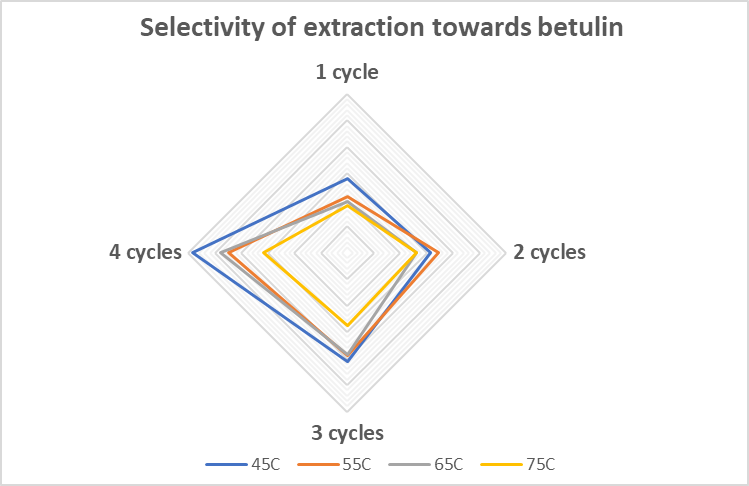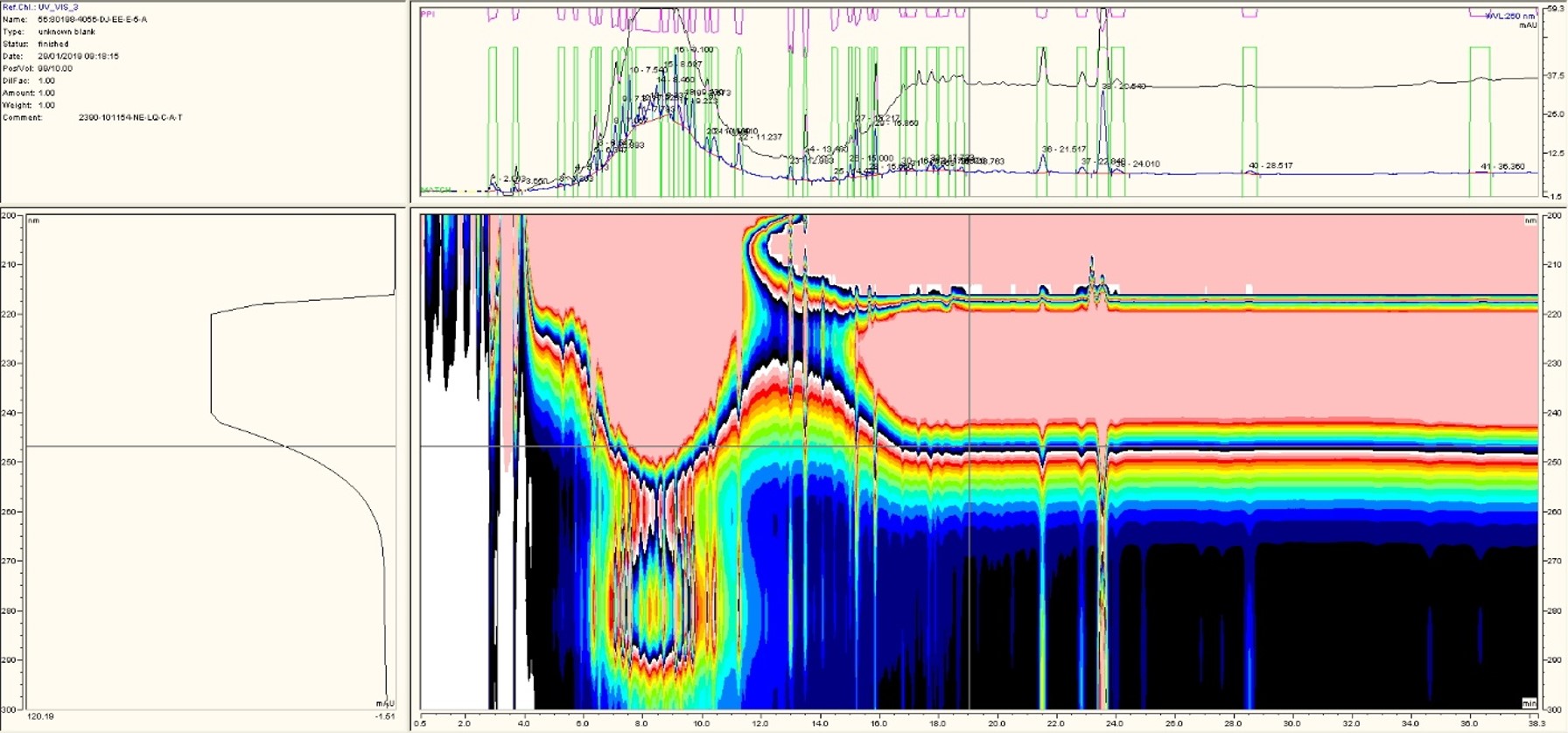Processes for the Extraction of Bioactives from Brown Seaweed
Background
Many bioactives and other high-value plant constituents can be considered to be a part of the biomass extractives, which are defined as extraneous components that may be separated from the insoluble cell wall material by their solubility in water or neutral organic solvents.
Click here to learn more about the ways in which bioprocesses can be developed to efficiently and sustainably extract these extractives from biomass, with particular selectivity towards the bioactives and chemicals of interest.
Get more info...Extraction Processes
Bioactives in Brown Seaweed
Brown seaweeds are characterized by their brown or olive-green color, which is due to the presence of pigments such as chlorophyll, carotenoids, and especially fucoxanthin.
Fucoxanthin is reported for several bioactive properties (e.g. anti-oxidant, anti-microbial, anti-tumor, anti-obesity and neuro-protection).
Phlorotannins are also known for their UV protection, metal-chelating, and anti-microbial properties. They can be in free or bound form and hence can be seen in both aqueous extract and polysaccharide residues of the extraction process.
Alginates are another type of polysaccharide found in brown seaweeds. They are often used in food and industry for their gelling and thickening properties, and they have also been studied for potential health benefits such as lowering cholesterol and controlling blood sugar levels.
At Celignis we understand your feedstock and your market needs and use advanced techniques to develop optimised economic and environment-friendly extraction processes.
Further Info on Classes of Bioactives in Brown Seaweed
Phlorotannins are the main tannins in brown seaweed, being unique to this biomass type. The content of these compounds can vary significantly depending on the seaweed species, the stage of growth, and environmental factors such as sunlight, temperature, and nutrient availability. Some of the the different types of phlorotannins seen in brown seaweed are described below:
- Phlorethols - These are phlorotannins where the phloroglucinol units are connected by ether linkages. An example of a phlorethol found in brown seaweeds like Fucus vesiculosus (bladderwrack) is tetraphlorethol A.
- Fuhalols and Fucols - Fuhalols are similar to phlorethols but have additional hydroxyl groups. Fucols, on the other hand, consist of phloroglucinol units linked through aryl-aryl bonds. An example of a fucol is trihydroxyfucol, which has been found in species like Ascophyllum nodosum (knotted wrack).
- Eckols - These phlorotannins contain a dibenzodioxin linkage. An example is eckol, which has been identified in Ecklonia cava, a type of brown seaweed common in Korea and Japan.
- Carpotannins - These are a group of phlorotannins with a unique structure, where the phloroglucinol units are linked through both aryl-aryl and ether bonds. An example of this type is carpogel, found in Carpomitra costata.
- Fucophlorethols - These are complex phlorotannins where fucol and phlorethol units are connected through ether linkages.
Get more info...Tannins
Examples of some carotenoids found in brown seaweed are listed below:
- Fucoxanthin - This is the dominant carotenoid in brown seaweeds. It is a xanthophyll, known for its potential health benefits such as anti-inflammatory, antioxidant, and anti-obesity effects.
- Violaxanthin - This is another type of xanthophyll that can be found in some species of brown seaweed. Violaxanthin is part of the xanthophyll cycle, which is involved in the protection against photo-oxidative damage.
- Neoxanthin - This is a xanthophyll that can also be found in some brown seaweeds. It also plays a role in the xanthophyll cycle.
- Beta Carotene - This is a precursor of vitamin A that is present in many fruits and vegetables, as well as some types of seaweed.
- Lutein and Zeaxanthin - These carotenoids are typically found together and are present in some brown seaweeds.They are known for their antioxidant properties and their role in eye health.
- Lycopene - While lycopene is more commonly associated with red fruits and vegetables, particularly tomatoes, it can also be found in some brown seaweed species.
Get more info...Carotenoids
Examples of some sterols found in brown seaweed are listed below:
- Fucosterol - This is one of the most abundant sterols in brown seaweeds. It has been studied for its potential health benefits, including antioxidant and anti-inflammatory effects.
- Ergosterol - Present in some brown seaweeds, for example Ecklonia cava, common in Korea and Japan, contains sterols ergosterol as well as fucosterol.
- Brassicasterol - Present, alongside fucosterol, in ascophyllum nodosum (Knotted Wrack).
- Campesterol - Found in Sargassum fulvellum, among other brown seaweed species.
- Saringosterol - This sterol is also found in Sargassum and has been studied for its potential health benefits.
- 24-Methylenecholesterol - Has been found in Sargassum species, such as Sargassum muticum and Sargassum fusiforme (also known as Hijiki seaweed). H
Get more info...Sterols
Analysis of Bioactives in Brown Seaweed
Feel free to click on the links above to see more information on our methods of analysis for the different classes of bioactives or get in touch with us to request further information and a quotation.
Request a QuoteBioactives Analysis
Bioactives According to Other Seaweed Types
Get more info...Green Seaweed
Get more info...Red Seaweed
Identification of High-Value Chemicals
For identification, we firstly get a crude extract from the feedstock, obtained via various approaches, including pressurised liquid extraction. This extract is then profiled using our top-range QTOF-LC/MS system (Agilent iFunnel 6550), which can identify constituents to the femtogram-level, and the spectra and chromatograms reviewed by Sajna, our Bioanalysis Developer. If necessary, we can collect the relevant fractions from the LC system and confirm the identification using a number of different chemical and spectroscopic techniques. We then determine which constituents warrant extraction.Develop an Optimised Extraction Protocol
Based on the identified chemical(s) of interest, we can then work on optimising a targeted extraction method. This method considers not only the yield of the target compound(s) but also the chemical and energy costs of the process and the implications for the downstream processing and valorisation of the solid residue. We consider a range of different extraction technologies, solvents, and process conditions.Typically, we first optimise the extraction at lab-scale conditions and then validate the chosen set of conditions at an nehanced scale (i.e. a higher technology readiness level (TRL)).
Separation and Purification of Target Chemical(s)
We can work on a process for the separation and purification of the targeted high value extractive compounds, while considering commercial viability and environmental aspects such as solvent and energy consumption. Based on the particular bioactive compound of interest and the composition of the liquid extract, we can employ a variety of different techniques for separation and purification.Application Testing of Extract or Separated Components
We can test the extract, or the separated compounds of interest, for a variety of different applications. The tests are custom-designed based on the extracted compound. For low molecular weight biomolecules (non food and feed), bioactivity tests, anti-microbial tests, UV absorbance properties, surface activities, and emulsion forming abilities can be tested. For the food and feed related extract fractions, such as proteins and carbohydrate polymers, nutritional properties, anti-nutritional compounds, emulsification, gelation, foaming (together with bioactive properties, in vitro digestibility etc.) are tested.Technoeconomic Analysis of the Process
The Celignis team, including Oscar our chief TEA expert, can undertake a detailed technoeconomic analysis of the developed process. We apply accurate and realistic costing models to determine the CAPEX and OPEX of simulated and pilot scale processes which are then used to determine key economic indicators such as IRR, NPV and payback periods.Our sensitivity analyses can assess the effect of variable costs and revenues, a particularly important aspect to consider given that the sale prices for some bioactive compounds can vary significantly according to their purity and market conditions.
Our preferred approach is to include TEA studies at each stage of the development of the extraction bioprocess, so that the process can be optimised in a commercially-relevant way, followed by a more detailed TEA after the process has been optimised and tested at higher TRL levels.
Click here to read more about the technoeconomic analysis (TEA) services offered by Celignis.
Bioprocess Biomass Extraction Projects - Case Studies
Betulin - UNRAVEL Project
Celignis worked extensively on biomass extraction and the purification of bioactive chemicals in the CBE/BBI project UNRAVEL where the extractives of 25 feedstocks were profiled using our QTOF-LC/MS system. We identified betulin in birch bark as the most attractive compound and subsequently worked on developing an optimised extraction protocol and an isolation/purification process scheme that offered several advantages, in terms of sustainability and safety, over the current art. Click here for a news article on this work.SteamBioAfrica Project
We are also using employing our compositional analysis and purification expertise in the Horizon Europe project SteamBioAfrica where we evaluate and process the liquid condensate obtained from the steam torrefaction process and consider market applications for its constituents, fractions, and derivatives.Celignis is testing the separation of acids, phenolics, and aldehydes for their potential to be used as high value bioactive compounds and biopesticides.
Bioactives Profiling of Tropical Trees
Celignis undertook detailed analysis of a wide variety of tropical hardwood trees for a client. This involved characterisation of different anatomical fractions (e.g. stem wood, bark, foliage). There was a particular focus on the composition of the extractives of these feedstocks. We used our QTOF-LC/MS system to profile the diverse and complex array of bioactive compounds present in the samples. We then evaluated the identified compounds and selected key chemicals that could be of high potential value for sale in different markets. We then undertook a review of these compounds, considering their potential value in various markets, the processes that could be required for their separation and purification, and whether other compounds could also be obtained as part of the extraction/separation process. The final output of the project was a list of top feedstocks and chemicals for future bioprocess development.
With regards to the extraction of bioactives from biomass, the Celignis Bioprocess team members with the most experience in undertaking such projects are listed below. Feel free to contact them to discuss potential projects.

Lalitha Gottumukkala
Founder of Celignis Bioprocess, CIO of Celignis
PhD
<p style="text-align: left;">Has a deep understanding of all biological and chemical aspects of bioproceses. Has developed Celignis into a renowned provider of bioprocess development services to a global network of clients.</p>
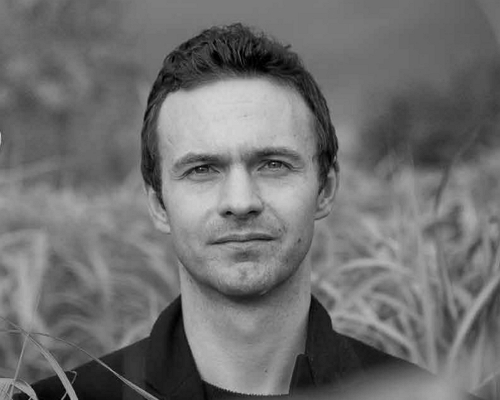
Dan Hayes
Celignis CEO And Founder
PhD (Analytical Chemistry)
<p style="text-align: left;">Dreamer and achiever. Took Celignis from a concept in a research project to being the bioeconomy's premier provider of analytical and bioprocessing expertise.</p>

Sajna KV
Bioanalysis Developer
PhD
<p style="text-align: left;">Our Biomass Detective! Designs, tests, optimizes and validates robust analytical methods for our bioprocess development projects. Such bespoke analysis is key to developing an optimised bioprocess.</p>

